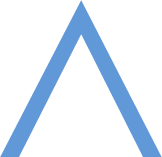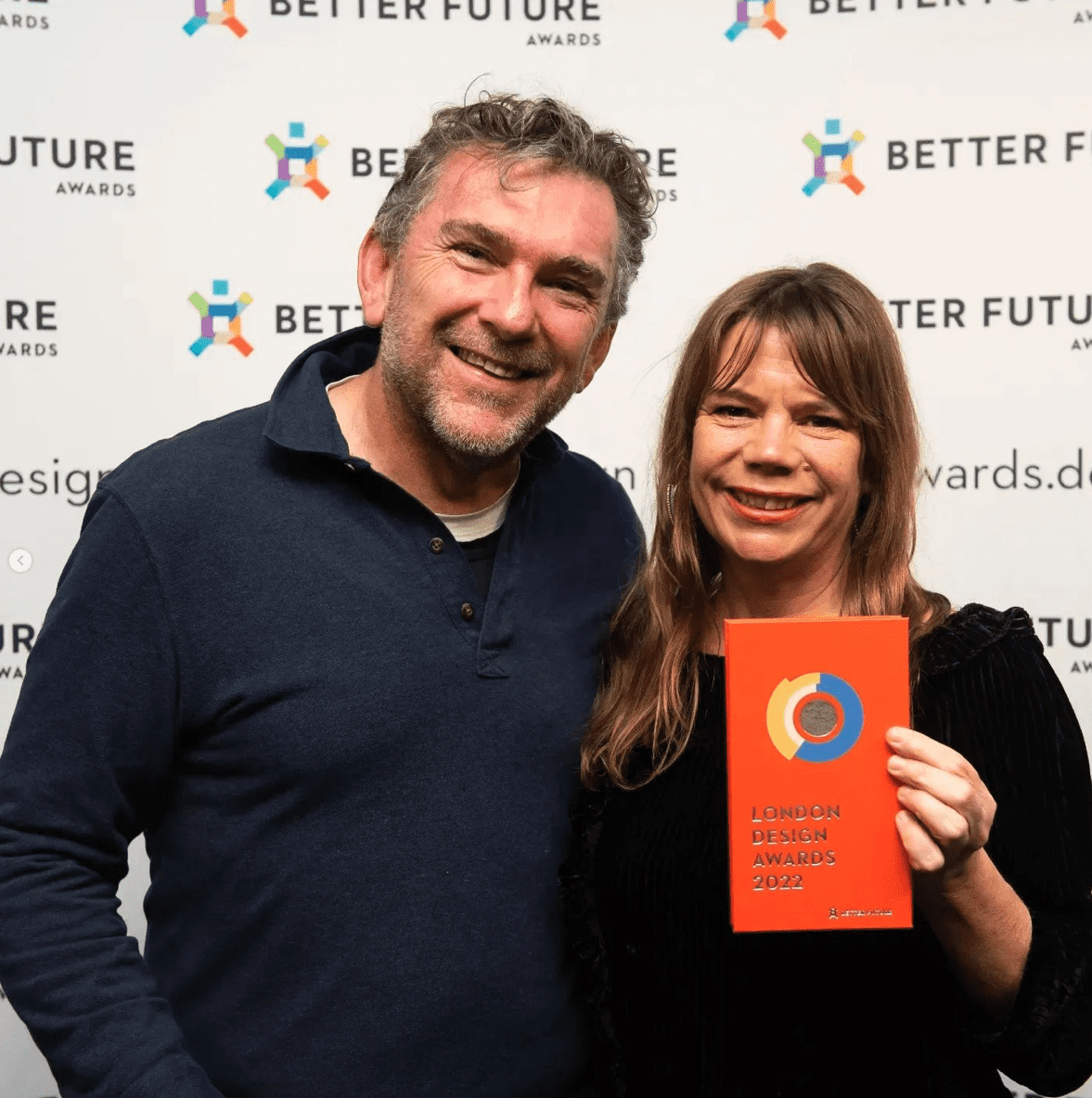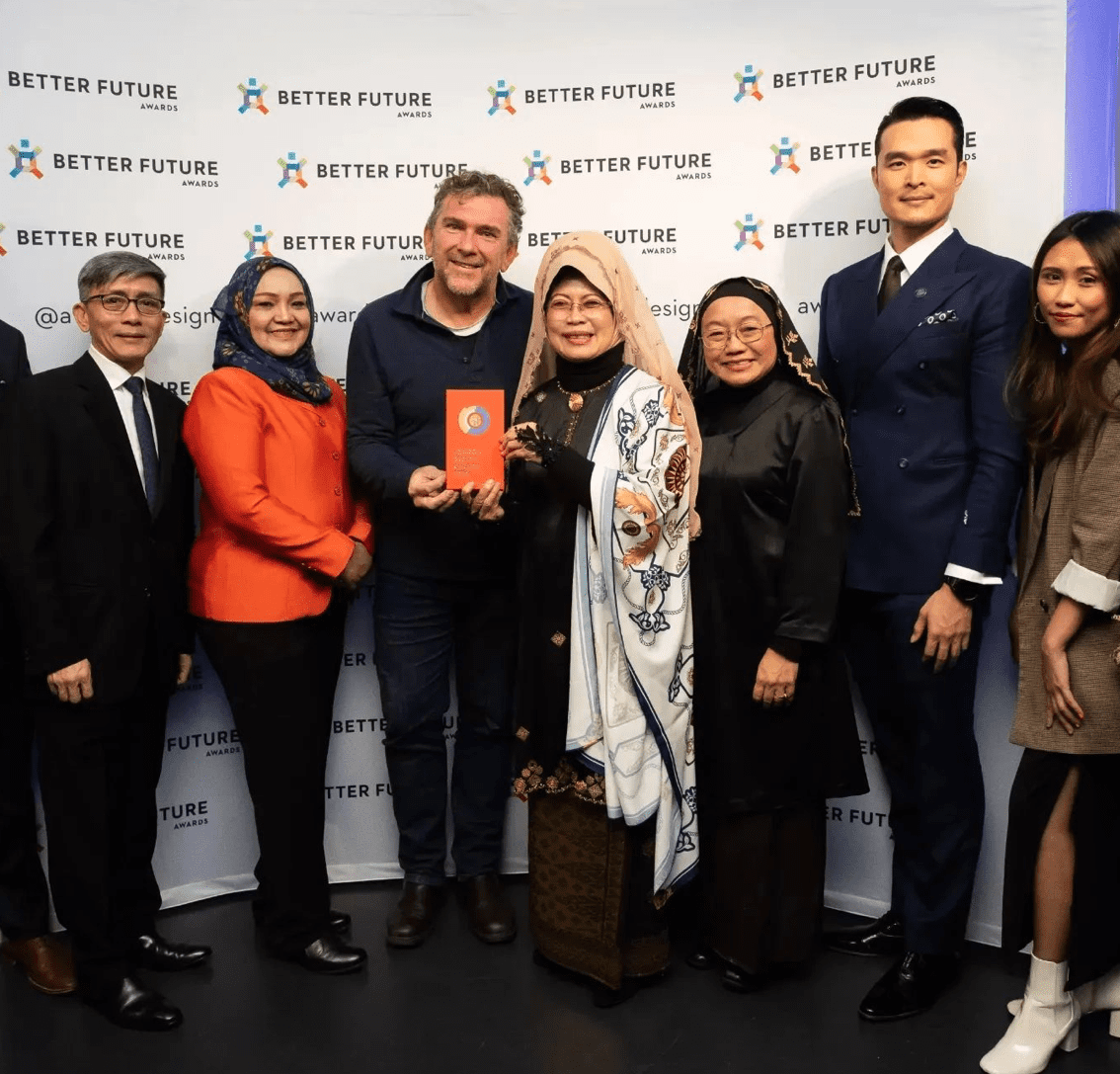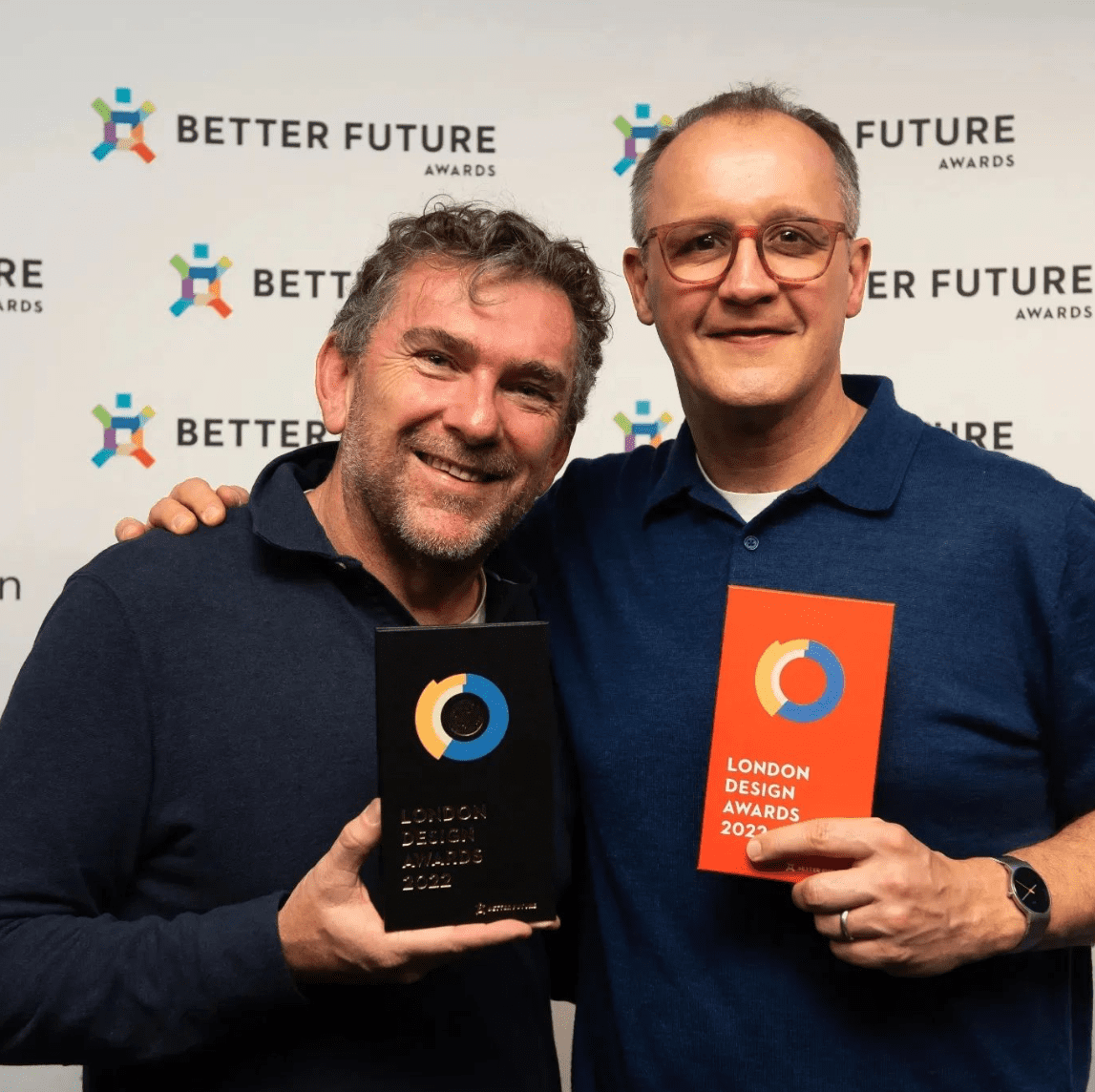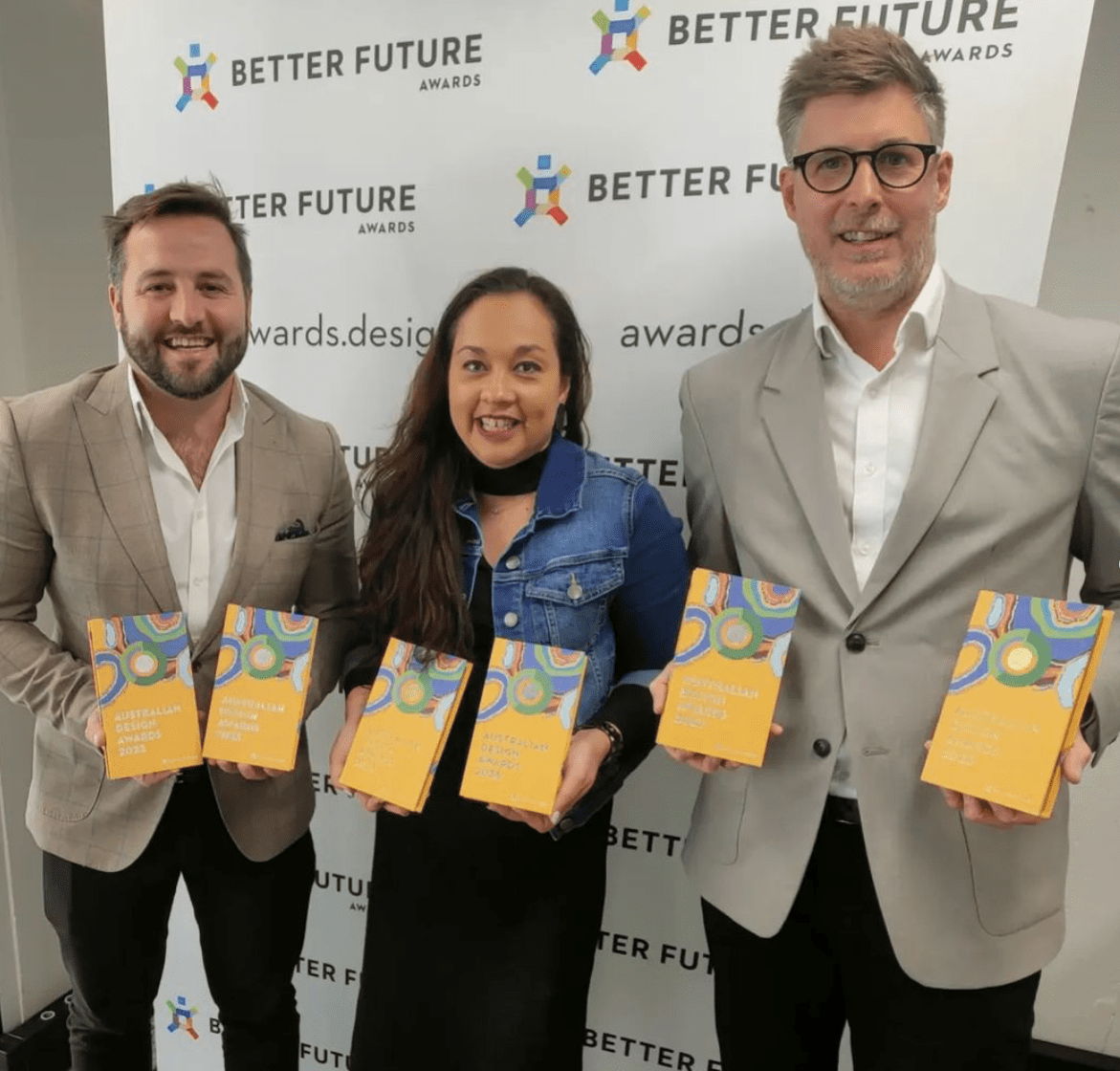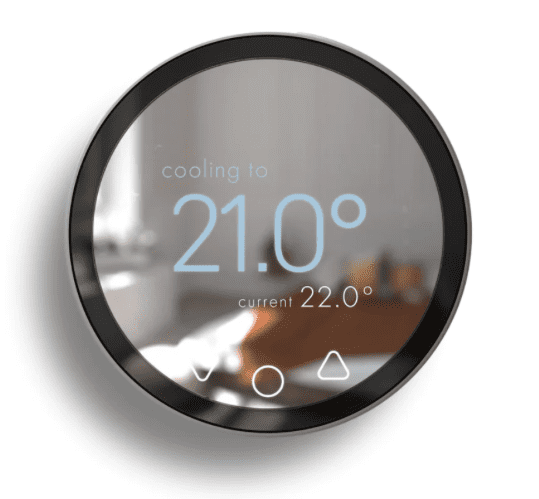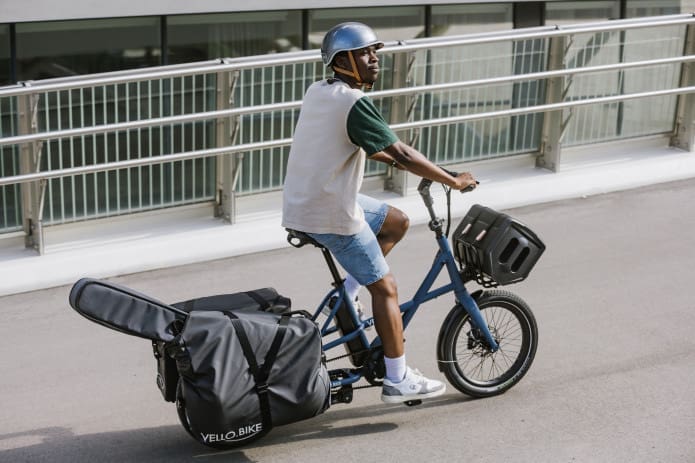Share This Article

Mark Bergin is the founder and Chief Executive Officer of BETTER FUTURE, the world’s largest network of Design Award programs. A program he started in 2010 to celebrate design excellence in Australia has now grown all around the world.
I caught up with Mark in Reykjavik, Iceland where he was having a couple of days of down time before he goes to host the London Design Awards.
So Mark the world is watching all the seismic activity going on in Iceland right now and they are expecting a volcanic eruption any day, so tell us why are you there?
“Well there are always a combination of things going on, I am currently preparing for the London Design Awards which is coming up on the 5th of December (Mark will be the MC) and then the Awards presentation in Taipei and also next year in June, I am hosting the second WILD WEEK which is bringing executive leaders from around the world into Iceland so that they can work out how to be faster, smarter and more connected, so I am doing the planning for that. I am really busy but I am having a ball.”
“I am really busy but I am having a ball”
Can you go back over the timeline and tell us when did BETTER FUTURE start?
“If I go all the way back round about the time my former wife began working with you at Telstra1, I had picked up a couple of major clients; BHP – your old stomping ground2 and another Equity Trustees. BHP wanted to go run a ‘something of the year awards’ – I forget what the program actually was and Equity Trustees wanted to run the ‘Not for Profit CEO Awards’. So the opportunity arose for me to build the technology platform to run an awards engine something fully reusable.”
“I had done the awards program for the Melbourne Advertising and Design Club – the MADC, and they were fascinated with how we could make it digital, I took them from digital submission, to digital judging and even digital publishing of the awards annual. So the platform worked and there was ongoing demand.”
“But I wanted to do something with purpose and meaning. I had seen while I was working in the Victorian State Government that the design industry didn’t really understand the license they had to operate. They were much more consumed with the recognition of their ego rather than they were of the way design drives advancement of the community.”

“So what I really became focused on was working with innovation and transformation promoters and connectors and creating a way to see them thrive and succeed. I used that first learning to build up the technology and the platform that enabled the BETTER FUTURE Design Awards.”
“We don’t recognise and award individuals, rather we recognise and award projects, this is a deliberate point of difference, the BETTER FUTURE Design Awards are about being the ‘Champions for a better future’, our goal is to bring recognition to applied design project that help accelerate economic outcomes with a social and environmental impact.”
“There are now 20 Design Awards around the world and if you win an award in say the Melbourne or Sydney Design Awards, you get elevated at the program’s expense to the next round, If you win the Australian Design Awards, you get elevated to the Global Design Awards.”
That means that we have now achieved scale enough to run a slick design awards platform. With twenty design awards running, it means that every two weeks somebody is doing one of the roles. So I worked out the mechanics of the operation, I worked out the economic scale, the community scale.
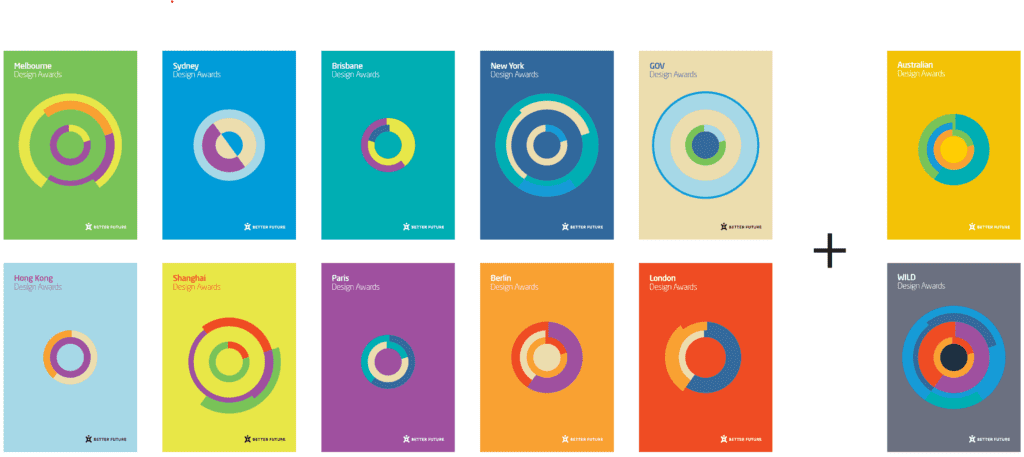
Now fourteen years on that gives me the chance to not be in the awards myself now, I have a team that runs the awards we are at scale, and I am the Director of WILD, The Wild Executive Leaders Club.
What drove you to focus on a BETTER FUTURE?
“The key thing is you need something with purpose, but it also has to have the right starting point. I will go back to Industry Associations, in the mid-nineties they were phenomenal, they were the only way a large corporate could really get to know who is who in the market, with strategic connection, intelligence and importance. But LinkedIn killed the Industry Associations and companies no longer needed to send their aspiring leaders along to connect because they already had an online directory of who is who in the industry.”

“I was fascinated that as I travelled the world and saw design events they routinely ignored ‘digital’. Where are the digital champions that are coming through, they were not talking about the person who built the digital New York Times, or talk about the guy at Disney and trying to make Disney plus work. Instead all they were wanting to talk to were design hero’s like Massimo Vignelli learn which font he used in the New York Subway Signage and Map (Helvetica), these associations were just missing what was happening.”
“The Industry associations just lost the capacity to create the next version of themselves, they did not transform, partially because they never new how they created the first version either, if people didn’t understand how they created version one of the association, they cant work out what they can include and exclude in their evolution of the association, and the association fails to keep up with the needs of its members.
So I am not competing with the associations because I am working with the demand side (the clients and the project teams) and by contrast they are working with the supply side (the graphic designers) and that is the magic.”
You need to have a sense of ‘why’ in order to be able to look at where an industry is going and how it sustains itself over time, what is your sense of ‘why’?
“I was so fortunate in my role with the Victorian State Government, where I was the Creative Director for the State of Victoria. That was where I learned how the economy worked, and if you are doing the digital transformation of the state, that it is just as important to digitise getting a permit to camp in the states parks as it is to have a digital process that runs a 360º review of government budgeting.”
“It is what you do with the insight and knowledge you have collected, that is where BETTER FUTURE came to me from. I had created a business and a platform, I had a marriage that was ending, I was ready to launch into something new but I had not found my purpose, I was thinking, how can I spend the next twenty years and how will I contribute to improving the world? So as the Design Awards became more successful I became clearer on our purpose.”
“A couple of years ago we made a deliberate decision on our purpose and transformed BETTER FUTURE into a social enterprise, we also created the BETTER FUTURE Housing Foundation which is seeking to solve the housing crisis for women over 50. We are not going to stop with women over 50, but it is a really important place to start and helping homeless women over 50 get into housing, will ultimately provide us with the capability to help other homeless cohorts.
We recognised that we can’t just build our way out of homelessness, but we can architect our way out of homelessness. I presented on this concept to the UN last year and we are going forward to build solutions that use design at the systems level. A lot of this is under wraps but it also comes with the connection to the awards community, the people I know who are the developers, the people in government and others in the corporate world, who all want to be part of creating a better future.

How did you go rebounding after COVID?
“I was really fortunate a couple of years before COVID, that I had a per chance lunch with Professor Peter Doherty, it was a twenty minute lunch, and it turned into a three and a half hour conversation. I didn’t know who he was, it was just a dude called Peter who I just met. I did not know at that stage he was the ‘Nobel Laureate, Professor Peter Doherty’.”
“Anyway over lunch I asked Peter what are you doing, he replied he was writing a book on pandemics, I said that is interesting, and I asked him, what makes a good pandemic and what makes a bad pandemic. Is a good pandemic one that moves rapidly through the community or is that a bad pandemic? Peter was surprised at the question, he had not really thought about it that way before and we got into how governments would need to respond in developing a new vaccine and then rolling it out at scale to the community.”
“When the CoVID pandemic hit, I reflected on that conversation with Peter Doherty and immediately went into defence mode, I figured that this will be at least 18 months and it could be three years. So I immediately changed how we work. I told the global executive network that I would not be travelling for some time, rather we would do a weekly virtual connection, one week Australia, the next USA, next week Europe and the next week Asia. Every month we went around having largely the same conversation in different markets around the world. And I was producing three hours a week of podcast & streaming content, interviewing leaders around the world. It actually led us to grow 200% during COVID.”

“Rebounding was actually about getting back on the road running events and connecting face to face. I lost the General Manager I had before COVID and needed to rebuild the team. This was the right time to scale the operation so I moved the whole operation from Australia to London. Here is where it gets a bit crazy, I still live in Blairgowrie, my office is in Shoreditch and I see the staff every few months as I am always travelling to the Award but I and they love it.”

“Getting back to work after COVID was like preparing for a marathon, when everyone had been doing Yoga for the last couple of years, we were flexible but we were not marathon fit. Some organisations found it hard to rebuild and then scale after COVID. By contrast we were preparing for how to scale. I am a sailor, and when racing in the shifting winds, you always need to consider how do we stay ahead of the fleet in the lighter conditions, in favourable conditions everyone goes fast but when the winds are shifting and light, or blowing against you it is experience and preparation that will see you lead.”
“The principles on creating a better future and the not for profit nature, means that there is a generosity that goes so much further than if you are a dirty ‘for profit’ enterprise. That generosity comes back in bounds, the moment I changed this to social enterprise and not for profit, I got asked to lecture at Columbia and to speak to the UN.”
“It has been a fantastic journey to work out how you navigate and to change from having an office and staff in North Fitzroy to an office in Shoreditch, but if you are living in Blairgowrie you are remote to Melbourne anyway, so does it matter if it is Melbourne remote or London remote?”
Technology has continued to change and allowed us to be much more efficient over the last twenty years but design of the solution is potentially more important than the technology change, how do you see Chat GPT and Gen AI changing design?
“Bill Gates wrote ‘Business at the Speed of Thought“, Nicholas Negroponte wrote ‘Being Digital‘ and Patricia Seybold with ‘Customers.com‘ these three books were really interesting as informing the change that was coming. I was running a forum called Destination-E in the 2000-2001 time frame, and one of the panel sessions had the topic ‘Stuffing Up At The Speed of Thought’. I think that technology today means you can go so much faster crashing into the wall.”
“In any transformation there are the people who know exactly why they are transforming and want to be first and then there are the people at the other end who will never understand the transformation and want to be last. Leaving those in the middle confused and wondering where the power base is. The point is that transformation is all about humans. Design is also all about humans but Chat GPT is currently limited by the content of the Large Language Models Gen AI is clever but limited, when you read something written in Chat GPT you can see the style of the response and know it was written by AI. This will change and improve but to do that you need people who understand the purpose.”
“That is part of the reason why I created the leaders club, BETTER FUTURE is a software company we create software for society. When you are doing innovation you can be wild, or you can be mild. You can go take a step into the future or a leap into the future. Now tell me about the project you are working on, are you being MILD or WILD?”
“When you are doing innovation you can be wild, or you can be mild. You can go take a step into the future or a leap into the future. Now tell me about the project you are working on, are you being MILD or WILD?”
“You can never un-see that sentence, innovation and transformation is meant to be wild, we are meant to take leaps into the future not steps. We have built a model for WILD leadership which is MILD delivers 1-2x and WILD delivers 5-10x. And here is the important bit, the speed of irrelevance is running at 3-4x so you need to innovate and transform ahead of irrelevance, you need to be WILD.”
“Industry associations have not done a duty to the craft that they are involved in. It is still very important that we have amazing graphic arts capability and a supply chain that is developing and producing future talent. The design leaders who work with BETTER FUTURE are thinking at the macro about what are we building collectively, not what do I get individually.
Thank you Mark for your time today it was great to catch up and stay away from the active volcanos in Iceland.
Well being the Director of WILD, I know that I am in exactly the right location, if it blows and I can’t get out of Iceland then that is ok, I know how to run it all remotely!
LINKS
- https://betterfutureawards.com/d100/
- https://www.betterfuturewild.com/wild
- https://www.betterfuturewild.com/wild-week
